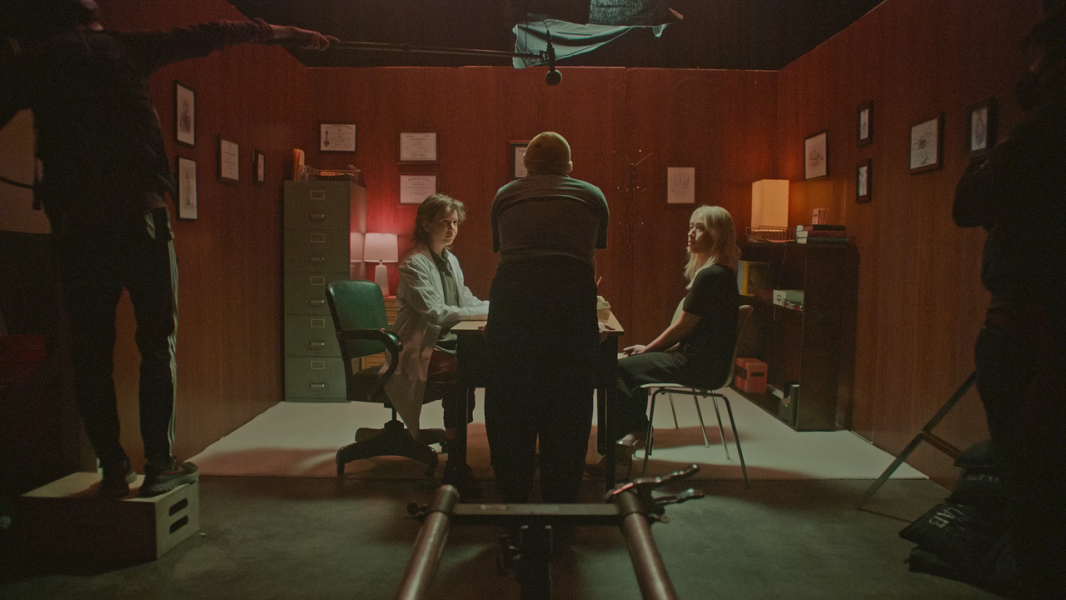
Save this storySave this storySave this storySave this story
For a long time, U.S. medicine was guided by the ethos of “doctor knows best.” Then, in the nineteen-sixties, that idea began to decline, as the concept of patient-centered care, which sought to level power differences between patients and doctors, emerged. Within patient-centered care, doctors prioritize informed consent, offer known risks and benefits, and empower the people they’re treating to make decisions about their health.
That sounds simple, but barriers to this type of care persist—in situations when a doctor experiences uncertainty about how to diagnose a patient, has inadequate training, or lacks clarity in what indicators to use to assess a patient’s decision-making ability. These features of medical murkiness are hallmarks of transgender medicine, a field that also began to coalesce in the fifties. Back then, most doctors assumed that trans people were delusional for seeking medical interventions, and therefore physicians had exclusive authority to decide whether a trans person could access such treatments.
The New Yorker Documentary
View the latest or submit your own film.

The indicators used to deny trans patients access to hormones were not medical factors, such as potential risks to one’s physical health, but social factors, such as one’s ability to conform to gender norms. White, middle-class, employed feminine trans women and masculine trans men had an easier time obtaining hormones. Moreover, doctors looked for a certain type of story and presentation when selecting “ideal” patients—those who expressed a persistent discomfort with one’s body and genitals and identified with the “opposite” gender from a young age. This is now known as the transnormative narrative. Patients who did not uphold these expectations were frequently denied care.
Today, many of the explicit barriers prohibiting trans people from getting gender-affirming care have fallen out of favor. But the transnormative narrative remains, and so does ambiguity in when a doctor can deny care, and what a “good” medical encounter might look like between doctors—who still have a lot of power—and trans people, who have historically been marginalized within medicine.
How doctors and patients negotiate this troubled relationship is not often depicted in media coverage of trans medicine and rarely discussed in academia. “The Script,” a new short film by the filmmakers Noah Schamus and Brit Fryer, brings viewers into the intimate moment of an initial medical encounter between a doctor and trans person seeking gender-affirming care. Using re-creations, this hybrid film pulls back the cover on such encounters by showing representations of how doctors might get it wrong, and what getting it right can look like. Inventive and playful, serious and heartbreaking, “The Script” offers viewers a nuanced depiction of trans care.
Over time, doctors have become more comfortable helping trans women and trans men access hormones. But for nonbinary people medical paternalism can still be an issue, as the standard of care that has circulated in trans medicine since the fifties implicitly assumes that being trans means transitioning from one binary gender to the other. Schamus told me that a key takeaway from his film is “wanting people to feel like other people don’t need to be as immediately legible in these regimented ways that have been established through our understanding of binary gender.” It’s a transformative idea in medicine: for authority to rest with the patient, and for doctors to take a more inclusive view of who can legitimately access gender-affirming medicine.
What is most compelling about “The Script” is that it presents an alternative vision for what medical interactions might look and feel like, for both doctors and patients. The primary subjects of the film are trans and nonbinary people, but the documentary also reminds viewers that what happens in a doctor’s office between trans people and their physicians is a mirror of broader tensions in medicine. As Fryer shared, “We think of the film as an invitation to trans folks, but it’s also an invitation to everyone, to think about the dynamic that we want between provider and patient. What do we want that to really look like?”
“The Script” is an invitation for more complexity in conversations about gender. It is also a call for doctors to do better by all their patients, by putting aside rigid practices of categorizing people and listening more carefully.
Sourse: newyorker.com